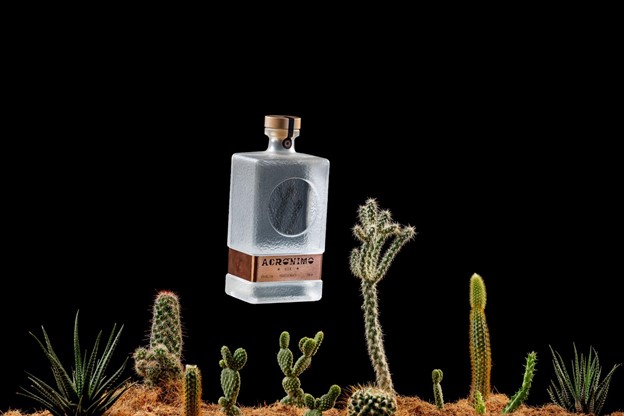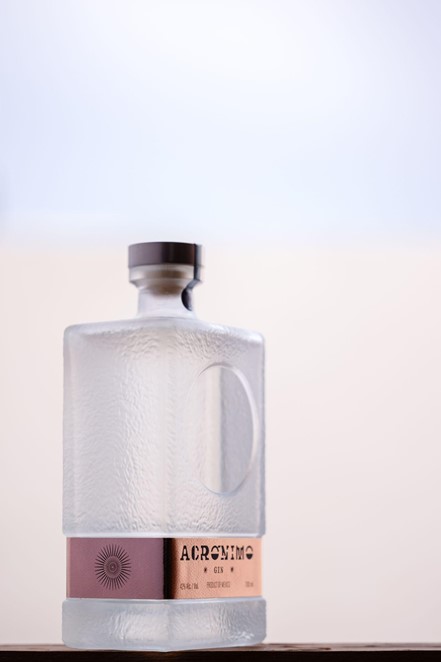The Role of Botanicals in Gin: From Juniper to Lavender

There is more going on when you sip a decent gin and tonic than a buzz. Every gin bottle has a universe of well-chosen botanicals behind it.
Each gin has a unique taste and scent from these natural ingredients, often herbs, flowers, and spices. Though Juniper steals the show, behind the scenes, there is a lot more happening…
Table of Contents
What are Botanicals in gin?
Every gin is defined by one thing, which is juniper berries at its foundation. Without that piney, resinous taste, gin is not what it is. But distillers create layers of flavor in gin using a variety of botanicals in addition to juniper.
Like coriander seeds, citrus peels, angelica root, cinnamon, cardamom, and more, used during distillation, botanicals are essentially natural flavors.
Depending on the method, these components are infused via a process known as redistillation, that is, either soaking neutral alcohol over or through botanicals.
Hence, the outcome depends on the blend: a spirit that is bright, zesty, flowery, spicy, or even earthy.
From Juniper to Lavender: Common Botanicals in gin and their uses
Some botanicals warm the soul; others accentuate its brightness. Here is a sampling of some unique ingredients:
- Berries from Juniper: The Conventional. This is the must-have in gin: sharp, piney, and somewhat citrus.
- Not simply for cooking—coriander seeds have other uses. They toss in a lemony, spicy twist.
- Earthy and bitter, angelica root balances out sweetener and provides complexity.
- Citrus peels—lemon, orange, grapefruit—bring out the zest and accentuate the flavor character.
- Cinnamon and cardamom impart exotic flavors, warmth, and sweetness.
- Modern gins utilize lavender and chamomile flowers for a gentle, fragrant accent.
Every plant adds in little yet significant ways. Even a little lavender, for instance, can have a relaxing scent that changes the overall experience.
How Various Gin Styles Employ Botanicals
There are various gin styles, and the botanicals in each differ as well. For example, London Dry Gin approaches things traditionally and cleanly.
After distillation, no sweeteners or other tastes are permitted. Consider Beefeater or Tanqueray. Here the botanicals must radiate in their most natural form.
Conversely, modern or New Western gins (such as Hendrick’s or Aviation) play with strong botanicals—cucumber, rose, elderflower, you name it.
These techniques don’t hold back when reducing the juniper to let other botanicals take center stage. These more modern gins will taste more flowery, even whimsical.
Why Lavender Is Taking Front Stage in Craft Gin
Originally used for sachets and soap, lavender is also cropping up in certain upscale gins for good reason. It mixes powerful botanicals with a gentle, flowery scent and subdued, sweet taste.
Little doses of it enhance rather than overwhelm the drink. Botanical-driven spirits have become popular, and distillers now include lavender as both a flavor and branding component.
For more handcrafted, sophisticated characteristics, distillers in the US and the UK are incorporating dried lavender buds. It works especially nicely with other botanicals such as chamomile, mint, and rosemary.

Creating a Botanical Blend: Ingredients Selected by Distillers
Selecting the correct botanicals for gin is more artistic than scientific. Usually beginning with a juniper base, most distillers add additives with either complementary or opposite tastes. The trick is that the ratios really make all the difference, even if you use the same botanicals.
Distillation Techniques Count:
- Steeping botanicals in the alcohol before distillation helps them to become saturated.
- Alcohol vapor flows across a basket of botanicals.
- More delicate materials like cucumbers or lavender are handled using vacuum distillation.
Every technique influences the flavor extraction process and the dominance of the flavors in the end result. This should give you a clear idea about botanicals in gin.
Health Angle: Are botanicals in gin beneficial?
Not to mislead ourselves, gin is still alcohol. Some botanicals, meanwhile, have medicinal value. Used in herbal therapy, juniper is well-known for its antioxidant properties.
While coriander is supposed to promote digestion, lavender may help with stress and relaxation. Once more, though, we are discussing trace advantages in a pleasurable beverage, not a health tonic.
Frequently Asked Questions
- What is the main botanical in gin?
The basic botanical is juniper berries. Without it, it cannot legally be termed gin.
- Is it possible to create gin without juniper?
Technically, no. Usually referred to as flavored spirits rather than gin, spirits created from botanicals without juniper are named such.
- Why is lavender included in gin?
Lavender softens stronger tastes and gives a floral scent, thereby rounding the gin.
- Are all gin botanicals naturally occurring?
Mostly true. Premium gins draw on flowers, spices, and natural herbs. Some less expensive gins could rely on artificial flavors, though.
- Does the gin and tonic taste change with the botanical choice?
Indeed. The kind of botanicals affects the matching with tonic, garnishes, and general taste.
In Conclusion
From its medical beginnings to the hip spirit it is today, gin has evolved a lot. The universe of botanicals in gin keeps growing as more distillers try and consumers yearn for unusual, rich tastes.
Every botanical, from the earthy touch of angelica to the floral grace of lavender, tells a tale. Therefore, stop a moment next time you drink your gin cocktail to realize you are savoring a combination of nature’s finest rather than only booze.
